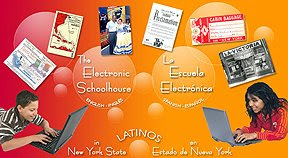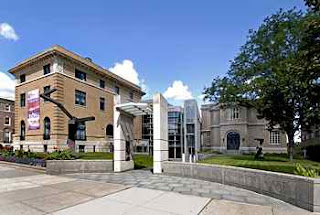 The New York Folklore Society, in collaboration with Go Art!, will hold its second Latino Artists’ Gathering on March 19, 2011 At the Homestead Event Center, Batavia City Center, Batavia, New York.
The New York Folklore Society, in collaboration with Go Art!, will hold its second Latino Artists’ Gathering on March 19, 2011 At the Homestead Event Center, Batavia City Center, Batavia, New York.
Supported by funds from the National Endowment for the Arts and the New York State Council on the Arts, the gatherings provide an opportunity for Latino artists residing in non-metropolitan New York State to come together to discuss issues and solve common problems. March’s theme will be “Challenges and Opportunities for Traditional Artists in Rural New York”, and we will hear of some of the current initiatives being tried to link artists across distances.



